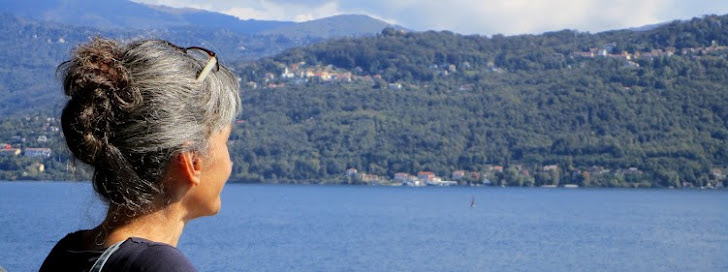
"More than conversation at the interface, it is creative assemblages like these that explore and elaborate the particular dynamic capacities that digital media afford and the ways that through them humans and machines can perform interesting new effects (...) in uniquely particular ways." Lucy Suchman (2009). Human-machine reconfigurations: plans and situated actions.
Sep 10, 2019
September
Aug 16, 2018
Forests and Climate
Aug 10, 2018
August
Aug 2, 2018
Forest
‘forest’ means an area of land defined by the minimum values for area size, tree crown cover or an equivalent stocking level, and potential tree height at maturity at the place of growth of the trees as specified for each Member State in Annex II. It includes areas with trees, including groups of growing, young, natural trees, or plantations that have yet to reach the minimum values for tree crown cover or an equivalent stocking level or minimum tree height as specified in Annex II, including any area that normally forms part of the forest area but on which there are temporarily no trees as a result of human intervention, such as harvesting, or as a result of natural causes, but which area can be expected to revert to forest;"in Regulation (EU) 2018/841 of the European Parliament and of the Council of 30 May 2018 on the inclusion of greenhouse gas emissions and removals from land use, land use change and forestry in the 2030 climate and energy framework, and amending Regulation (EU) No 525/2013 and Decision No 529/2013/EU (Text with EEA relevance). Image by Monica Pinheiro, license CC BY-NC-SA (CC)
Mar 14, 2018
diversity
Oct 20, 2017
European atlas of forest Tree species
European Atlas of Forest Tree Species "is both a scientific publication, in which researchers and forest specialists can find rigorous and up-to-date information on the many tree species of our forests, and a publication suited for education and the dissemination of information about the richness of our forests to our generation and future generations. (...) Each chapter of the Atlas presents, in addition to the description of each tree species, high quality graphics and photographs showing the climatic preferences and singularities of the different species of trees." San-Miguel-Ayanz, J., de Rigo, D., Caudullo, G., Houston Durrant, T., Mauri, A. (Eds.), 2016. European Atlas of Forest Tree Species. Publication Office of the European Union, Luxembourg. Image by Alfonso San Miguel, 2006. Image: Holm oak (Quercus ilex) in spring, Despeñaperros Natural Park (Andalusia, Spain).
Updated link for publication 2021 12 29.




